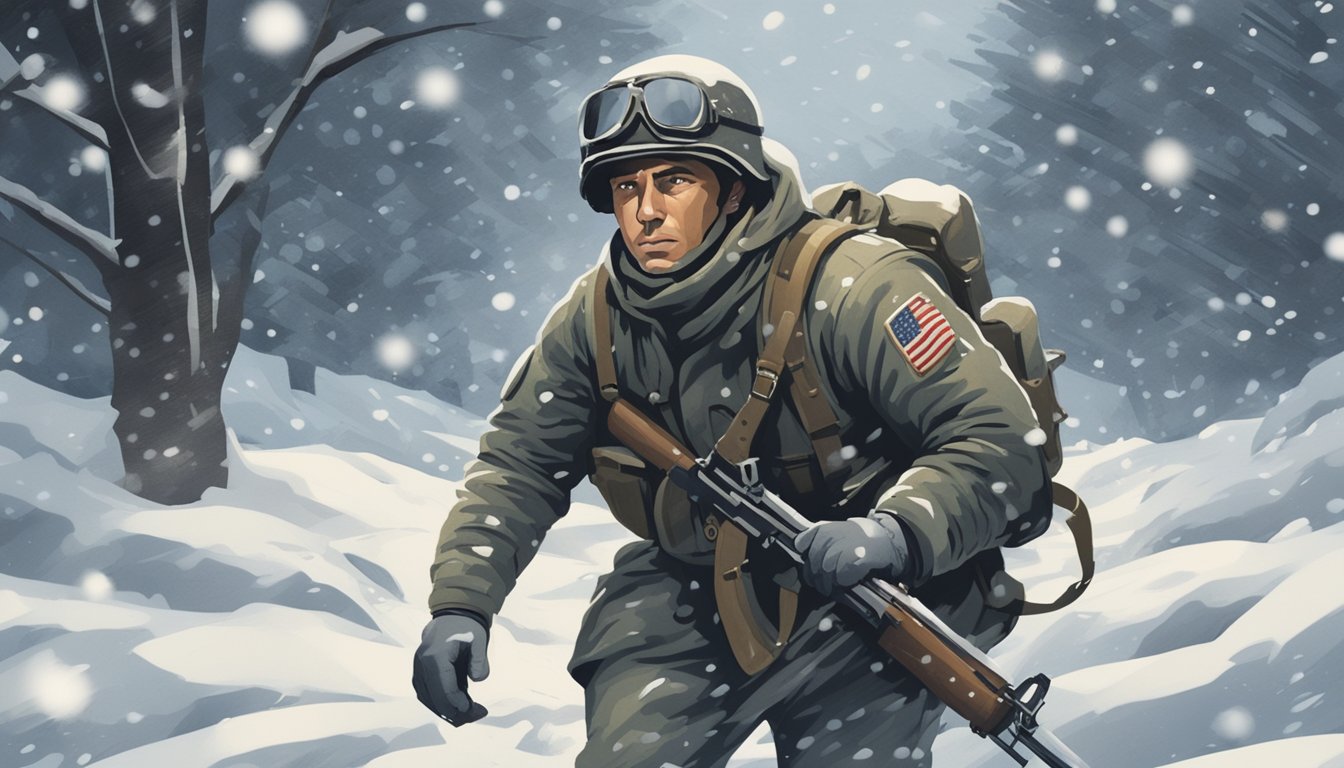Following the end of World War I, thousands of American soldiers found themselves entangled in the early turmoil of the Russian Civil War.
This unexpected deployment featured military engagements in northern Russia, particularly as American troops geared up for combat near Kadish on December 30, 1918.
Background of the Deployment
Even after the armistice on November 11, 1918, which signaled the conclusion of World War I, conflicts continued to rage on the Eastern Front well into the depths of winter.
Earlier that year, the Bolshevik government led by Vladimir Lenin had brokered a peace agreement with Germany, allowing them to withdraw from the fight.
Consequently, German troops were redeployed to the western front, prompting the Allied powers to dispatch soldiers to Russia.
Their goal was to safeguard valuable military supplies and perhaps re-establish a foothold on the Eastern Front.
U.S. President Woodrow Wilson found himself persuaded to send American forces, spurred by appeals from both British and French leaders.
The American Expeditionary Force
The Allied interventions spanned various territories within the former Russian Empire.
Within this framework, American troops known as the American Expeditionary Force, North Russia – or the “Polar Bear Expedition” – primarily consisted of about 5,000 soldiers from the 339th Infantry Regiment, mainly hailing from Michigan and Wisconsin.
Their mission was clear: protect essential military supplies and support the Czechoslovak Legion, which was actively resisting Bolshevik forces.
The American troops arrived in Arkhangelsk, a port city, in September 1918 after undergoing survival training in the United Kingdom.
However, they soon confronted outbreaks of Spanish influenza that significantly reduced their numbers.
Conditions worsened as they fell under British command and ventured into the challenging northern terrains of Russia, resulting in clashes with Bolshevik forces, who were often referred to as “bolsheviki” or “bolos” by their opponents.
The harsh reality they faced included not only armed conflict, but also the brutal winter weather; many soldiers suffered from illness and exposure, with fatalities from these conditions surpassing those from fighting.
Consequences of the Mission
As skirmishes ensued, the American soldiers encountered the grueling trench warfare and machine-gun battles that had defined the Great War.
By late December, they organized an offensive aimed at seizing control of several villages along the railway, with Kadish as a key target.
Despite the frigid temperatures complicating equipment and logistics—forcing artillery to be transported via sleigh—the operation was carried out with notable success.
Reports from the New York Times later described Kadish as being almost unrecognizable due to the violence.
Despite initial victories, the Allied forces struggled to sustain an effective campaign against the Bolsheviks.
As artillery exchanges intensified, military leaders eventually ordered the Americans to pull back from Kadish after setting the village ablaze.
By the end of December 1918, the American soldiers were acutely aware that World War I had officially ended.
Having spent more than a month since the armistice, spirits within the expeditionary force dipped sharply.
Entering 1919, they faced renewed Bolshevik counterattacks and a creeping sense of dissatisfaction regarding their ongoing deployment.
Reports indicate that many troops began to resist orders, yearning to return home.
After suffering a significant defeat on January 19, frustrations reached a boiling point, prompting the U.S. Secretary of War to announce that troop withdrawals would happen as soon as spring weather permitted.
Finally, in May and June of 1919, relief operations facilitated the withdrawal of American forces from the conflict.
By the end of their mission, around 200 soldiers had perished—half due to combat while the other half fell victim to disease and exposure.
Numerous others returned home with injuries sustained during their time in Russia.
Years later, John Cudahy, who would go on to become a U.S. diplomat and a member of the 339th Infantry, reflected on that tumultuous experience.
He noted that when the last battalion departed Arkhangelsk, many soldiers left without fully grasping the reasoning behind their deployment or the significance of their sacrifices—and they did so with many comrades buried in hastily dug graves, unheard and unseen.
Source: Taskandpurpose.com

